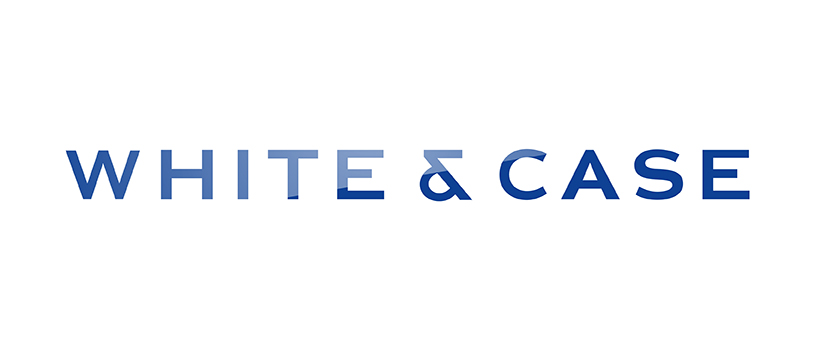A pivotal role for natural gas and LNG as an enduring participant in a low-carbon future had previously seemed assured—regardless of uncertainties concerning the extent or pace of moves towards that future. However, questions are now being raised in relation to the markets and applications which will be appropriate for natural gas and LNG over the coming decades.
Over the last decade, natural gas has grown through displacement of coal and oil consumption in the large consumer markets of China and India, penetrated further into the energy mix of emerging market jurisdictions such as Pakistan and the Philippines, and adapted its traditional structures, relationships and contractual arrangements to take account of new sources of supply (such as the US)—in short fulfilled a leading part in the changing world of energy. The move from hydrocarbons to electrons is accelerating across the globe and is likely to have an impact not only oil but also on gas.
The pace and scale of change in the international natural gas business, and particularly the LNG sector, has been remarkable over recent years. The development of aggregators, the influence of commodity traders and moves towards floating facilities and smaller-scale developments have had their effect—as has the move of the US from a position of major LNG importer to leading LNG exporter.
Gas goes global
The previously segregated regional markets for natural gas and LNG have moved closer together and, whereas the development of a global gas price (akin to Brent as global oil price) still seems some way off, the growth of hubs and integrated prices and markets is undeniable. What were once the predictable provisions of a long-term LNG sale and purchase agreement (SPA) and the connected links in the LNG chain have been largely undone in many areas.
And this pace of development shows few signs of abating. This year and next seem likely to see final investment decisions (FIDs) in relation to substantial new quantities of LNG, with sales being made on many diverse bases to an increasing number of markets—and with funds being raised in many ways, both traditional and innovative.
The durations of many of the related state grants and contractual arrangements extend for some decades, with continuing production and trading of LNG being committed to 2040 and beyond. Also, many of these arrangements will be made under a chosen law which is a common law, and often English law.
Certain and final
The making of a binding and enforceable agreement under English law depends on the parties reaching agreement through terms which are certain and final. The longer the duration of the intended arrangements, the more difficult it becomes to have the required clairvoyance to do this.
In the absence of specific wording, the law will be slow to provide relief for a party which considers itself to be suffering economic hardship or adverse commercial circumstances. The law will be equally slow to find that the contract has come to an end in those circumstances, unless that is what the parties have specifically provided in their agreement.
A typical SPA will be a document of some length and complexity, but some parts of that document may not be expressed in detail, despite the inevitably long period of negotiation. These provisions may look to address circumstances which are themselves uncertain or unexpected—or cover matters which are sufficiently difficult or subordinate to the main elements of the contract that the parties are comfortable to leave them in comparatively uncertain terms in the interests of closing all other elements of the overall agreement.
To the extent that the parties can foresee and agree on particular changes of circumstances that may have the effect of distorting the expected equilibrium of their agreement and its operation, it is not unusual to see international commercial contracts that look to ameliorate these effects by the inclusion of specific provisions. In many cases, these provisions will provide for the parties to meet and seek to agree revised contractual terms in the light of the changed circumstances (under the discipline of obligations of good faith and reasonable endeavours) and, in the absence of agreement, for reference to arbitration for resolution of their differences.
In relation to SPAs, this type of provision is rarely seen in general terms, but is often seen in the specific context of changes of markets and prices—the so-called ‘price re-opener’ provision. Whereas these provisions might once have been seen as little more than a periodic invitation to re-negotiate the contract price and its terms, the last decade or so has seen many references to formal dispute resolution in relation to European markets and by means of arbitration.
Pursuing these trends, it seems appropriate to ask whether it will be necessary to consider how to address increasing demands for de-carbonisation. Politicians are increasingly subjected to pressures to implement current broad targets for carbon reduction, or even to go beyond them, whether for reasons of air quality or otherwise. The means of implementation are necessarily becoming more specific and local.
In these circumstances, a withdrawal from all fossil fuels may come to be demanded, regardless of how clean one or other of them may be. Within the natural gas sector, this will raise particular challenges related to long-term recovery of capital outlays and the long-term nature of many LNG sales agreements.
Michael Polkinghorne, Partner, White & Case
Paul Griffin, Special Adviser, Oil and Gas, White & Case
Keep up-to-date with how the predictions in Outlook 2020 are playing out and get a first look at the themes that will shape Outlook 2021, as well as with relevant events such as the Outlook launch party and publishing schedules, by subscribing to Petroleum Economist’s bi-monthly Outlook newsletter. http://go.pardot.com/l/45692/2020-01-17/89x558









Comments